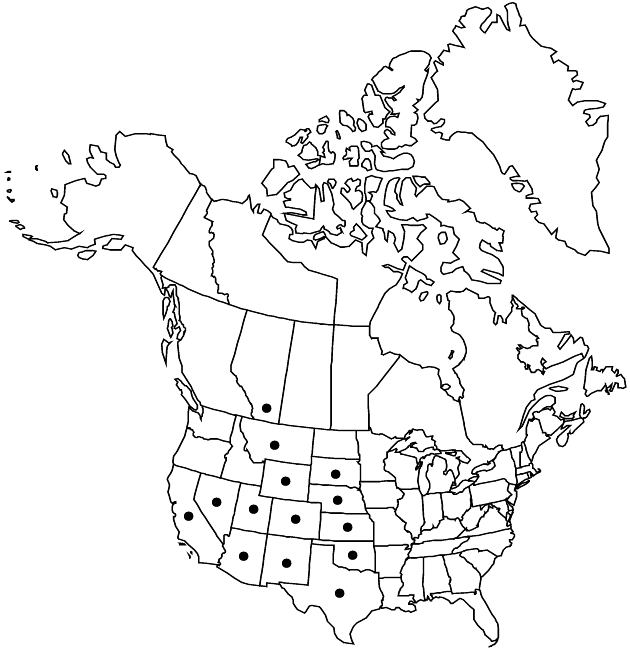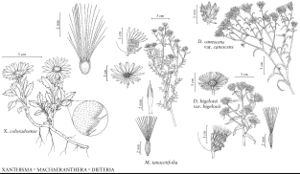Difference between revisions of "Machaeranthera tanacetifolia"
Gen. Sp. Aster., 225. 1832.
FNA>Volume Importer |
imported>Volume Importer |
||
| Line 8: | Line 8: | ||
}} | }} | ||
|common_names=Tansy-aster;tansyleaf aster;tahoka-daisy | |common_names=Tansy-aster;tansyleaf aster;tahoka-daisy | ||
| + | |special_status={{Treatment/ID/Special_status | ||
| + | |code=F | ||
| + | |label=Illustrated | ||
| + | }} | ||
|basionyms={{Treatment/ID/Basionym | |basionyms={{Treatment/ID/Basionym | ||
|name=Aster tanacetifolius | |name=Aster tanacetifolius | ||
| Line 52: | Line 56: | ||
|publication title=Gen. Sp. Aster., | |publication title=Gen. Sp. Aster., | ||
|publication year=1832 | |publication year=1832 | ||
| − | |special status= | + | |special status=Illustrated |
| − | |source xml=https:// | + | |source xml=https://bibilujan@bitbucket.org/aafc-mbb/fna-data-curation.git/src/bb6b7e3a7de7d3b7888a1ad48c7fd8f5c722d8d6/coarse_grained_fna_xml/V19-20-21/V20_898.xml |
|tribe=Asteraceae tribe Astereae | |tribe=Asteraceae tribe Astereae | ||
|genus=Machaeranthera | |genus=Machaeranthera | ||
Revision as of 20:52, 27 May 2020
Annuals or biennials, 5–100 cm. Leaves 8–110 × 4–40 mm. Involucres hemispheric, 6–11 mm. Phyllaries (24–)40–80(–100) in 3–6 series, linear-lanceolate to linear, 4–11 × 0.5–1.2 mm, apices usually spreading to reflexed, sometimes appressed, long-acuminate. Receptacles flat to convex, 3.5–8(–10) mm diam. Ray florets 12–40(–50); laminae 8–20 × 1–3.5 mm. Disc florets (18–)40–160; corollas 4–7 mm, glabrous or glabrate; lobes 0.3–0.7(–1) mm, glabrous. Cypselae 2–3.5(–4) mm; pappi 2–8 mm. 2n = 8.
Phenology: Flowering Mar–Oct.
Habitat: Grasslands, Larrea-dominated desert scrub, pine-oak and pinyon-juniper woodlands, streambeds, roadsides, disturbed areas
Elevation: 800–2500 m
Distribution

Alta., Ariz., Calif., Colo., Kans., Mont., Nebr., Nev., N.Mex., Okla., S.Dak., Tex., Utah, Wyo., Mexico (Aguascalientes, Chihuahua, Coahuila, Durango, Nuevo León, San Luis Potosí, Zacatecas).
Discussion
Machaeranthera tanacetifolia is present in the southern Rocky Mountains, western Great Plains, and southwestern desert regions. It has also been reported from Illinois and New York, but in both cases is most likely introduced. Because of its large showy heads, M. tanacetifolia is sometimes planted as an ornamental.
Selected References
None.
